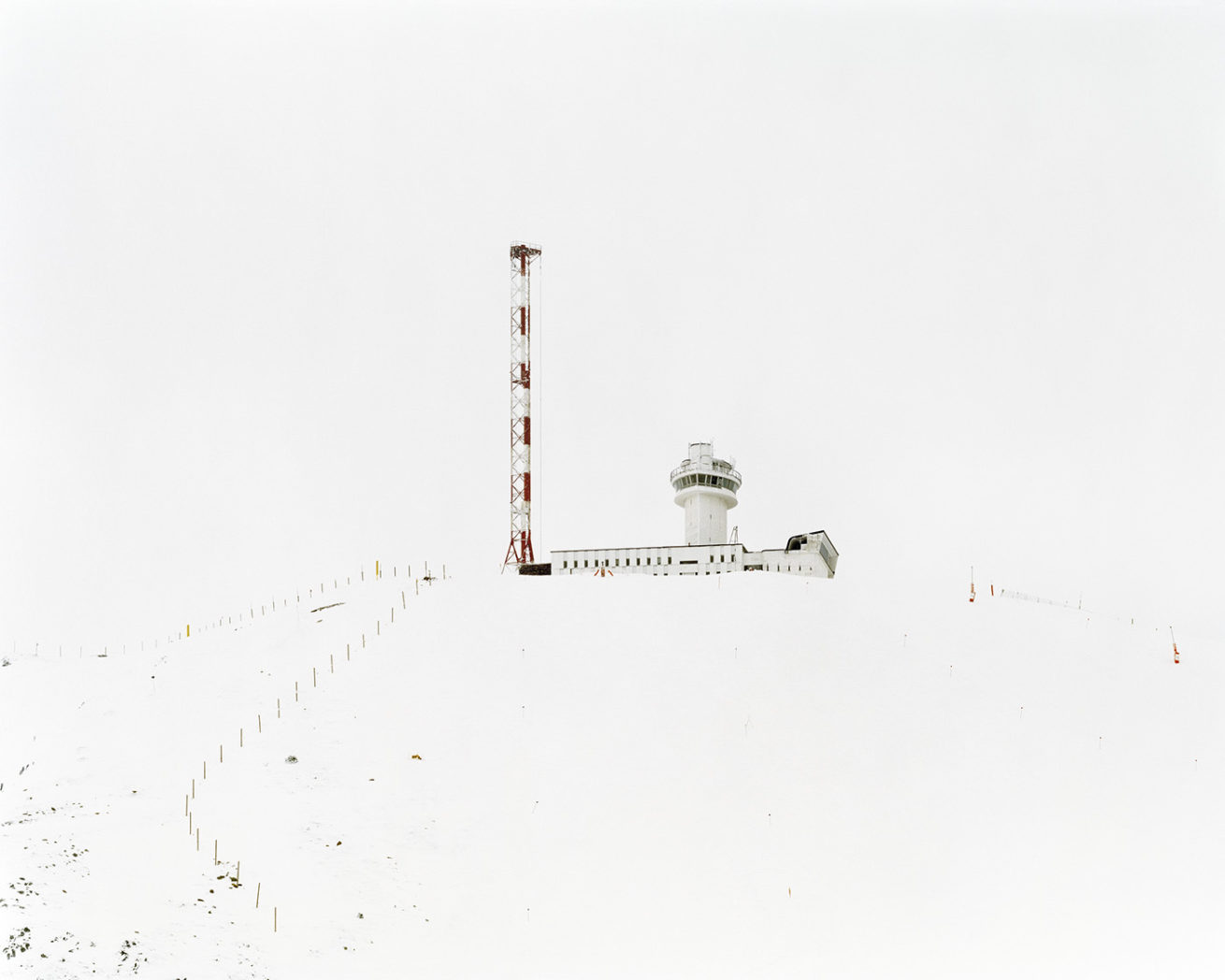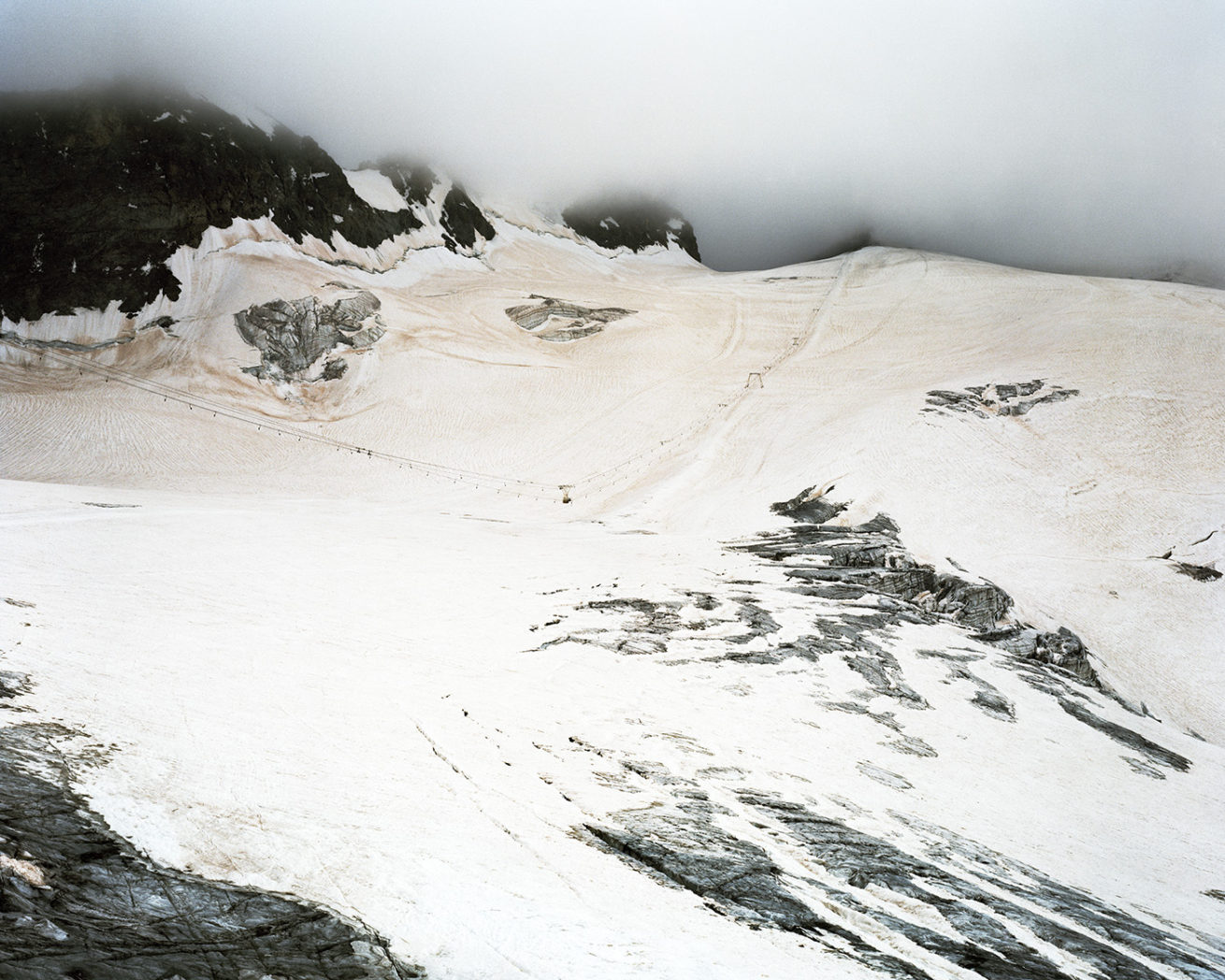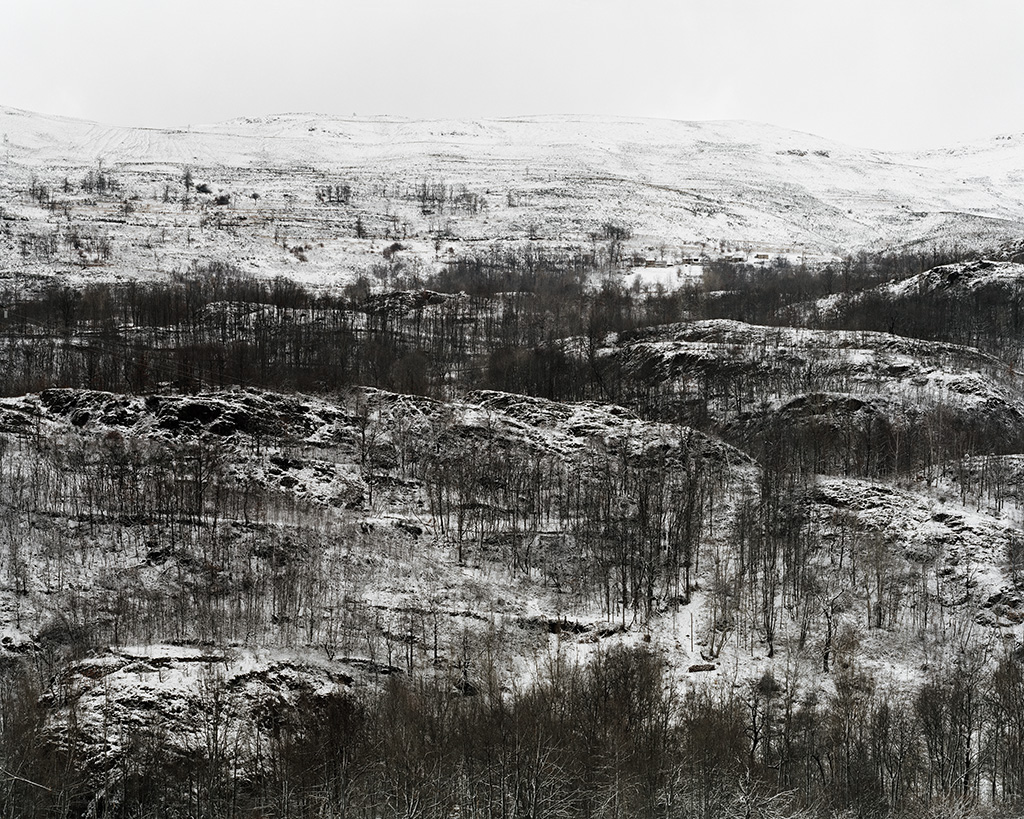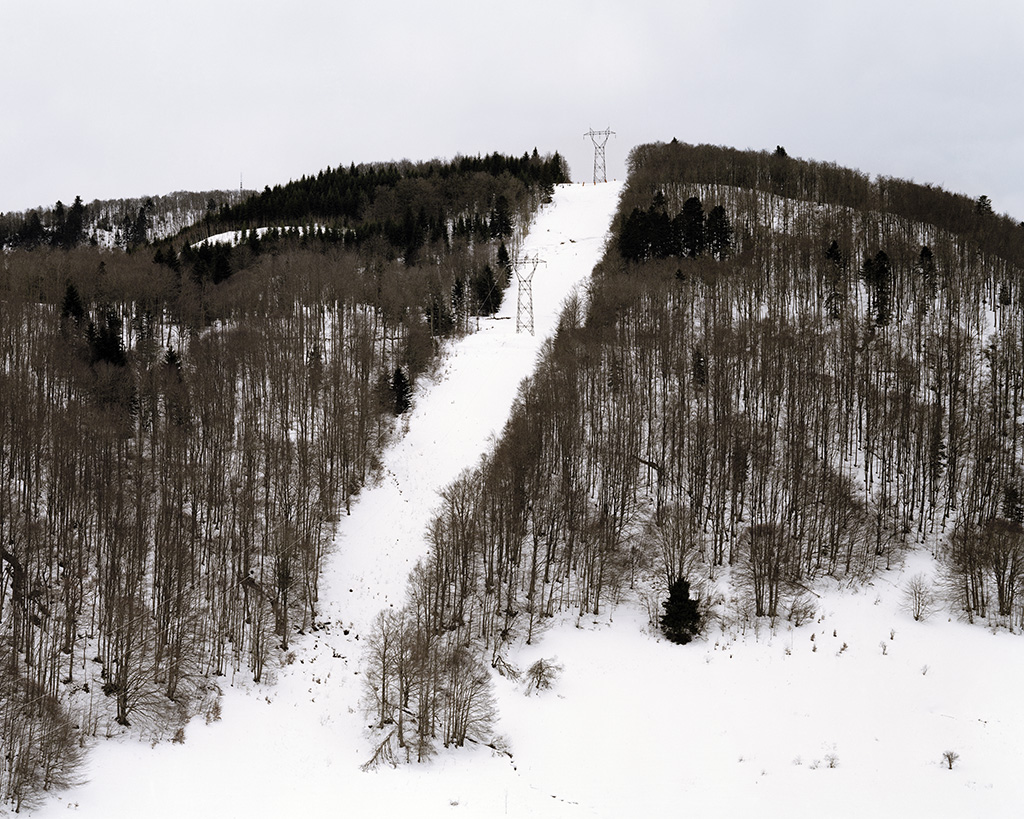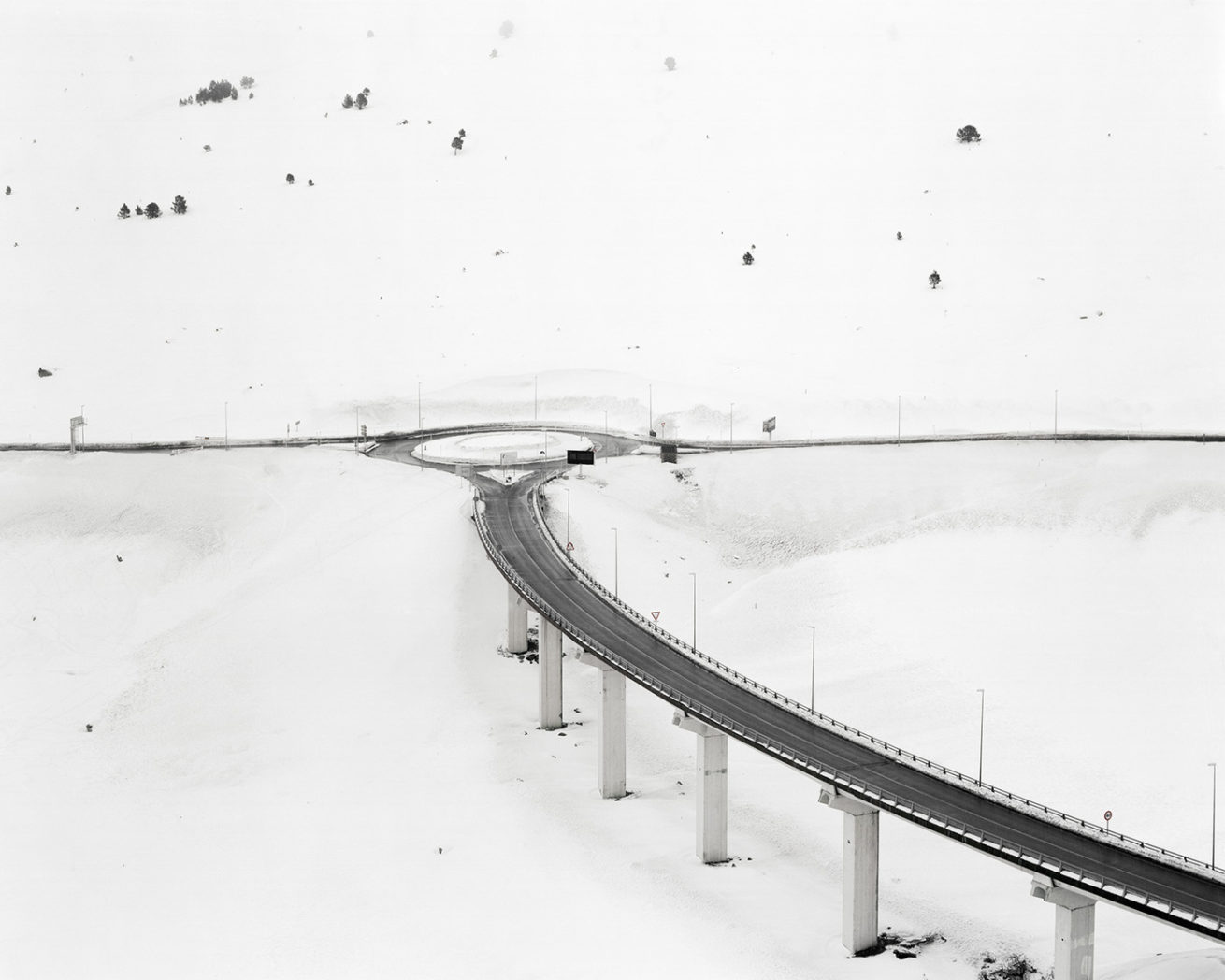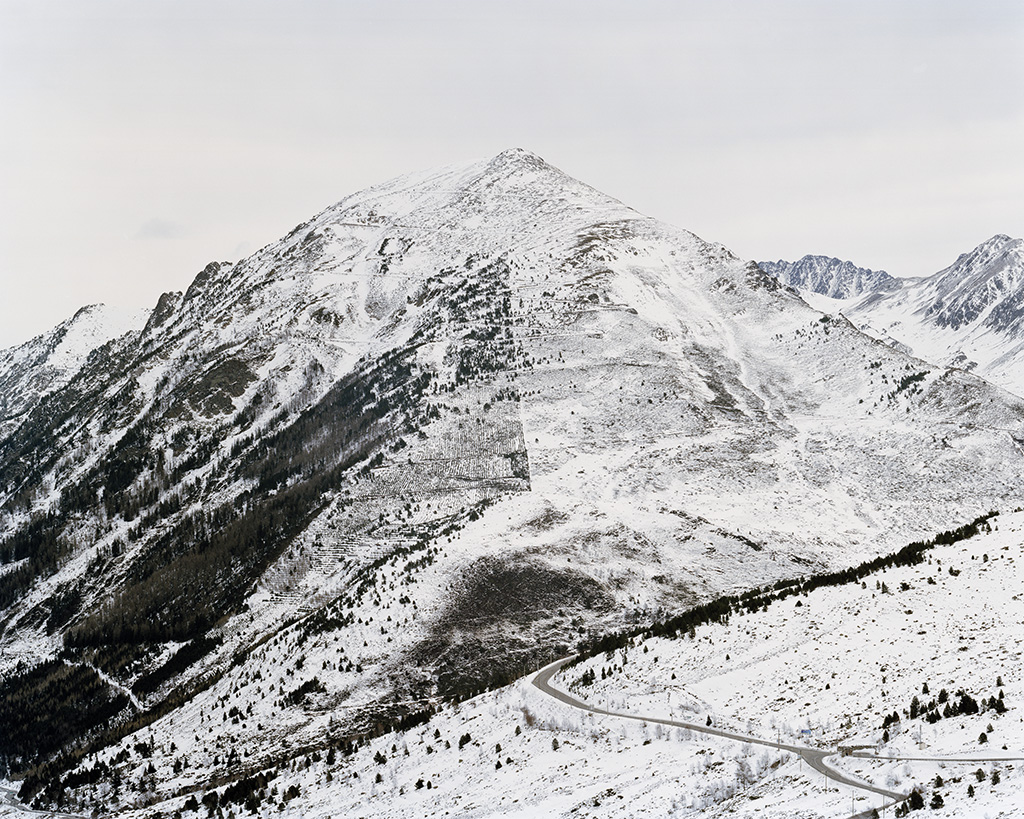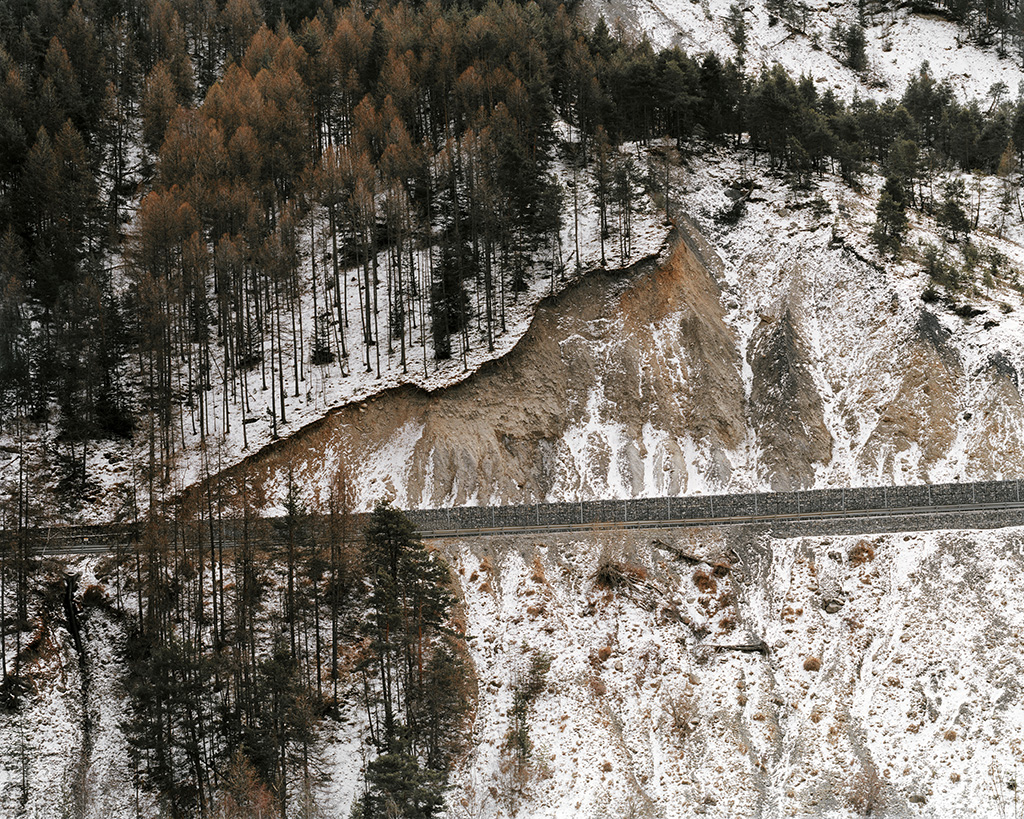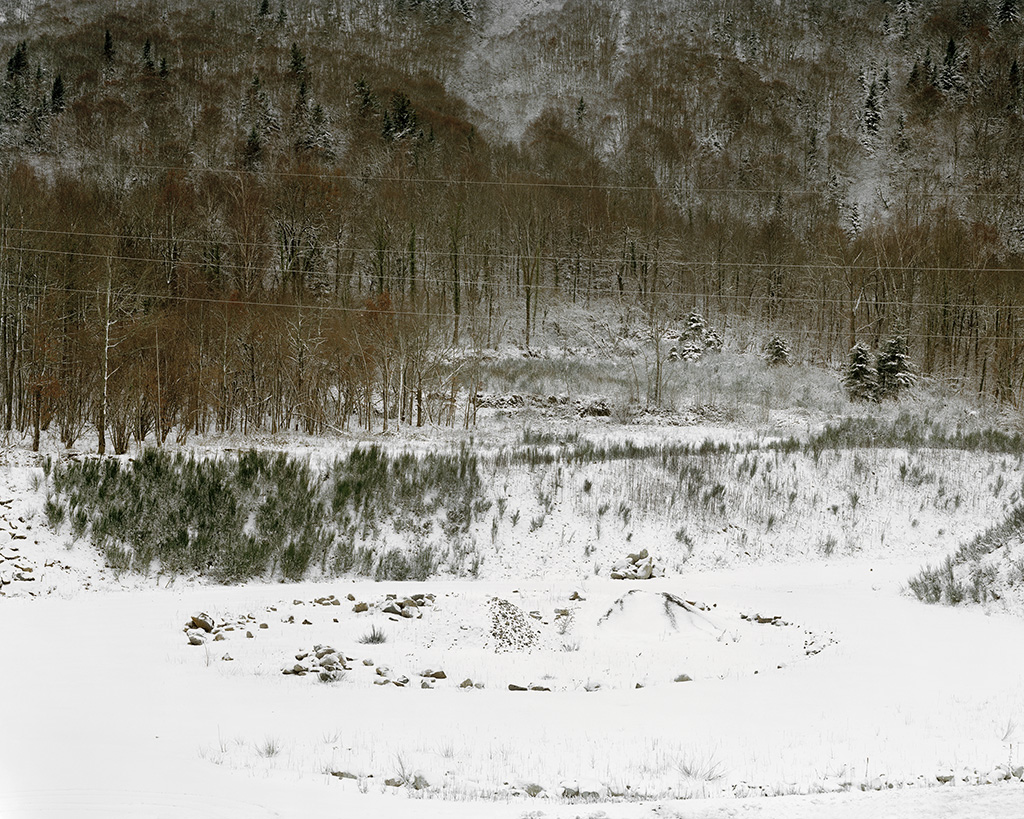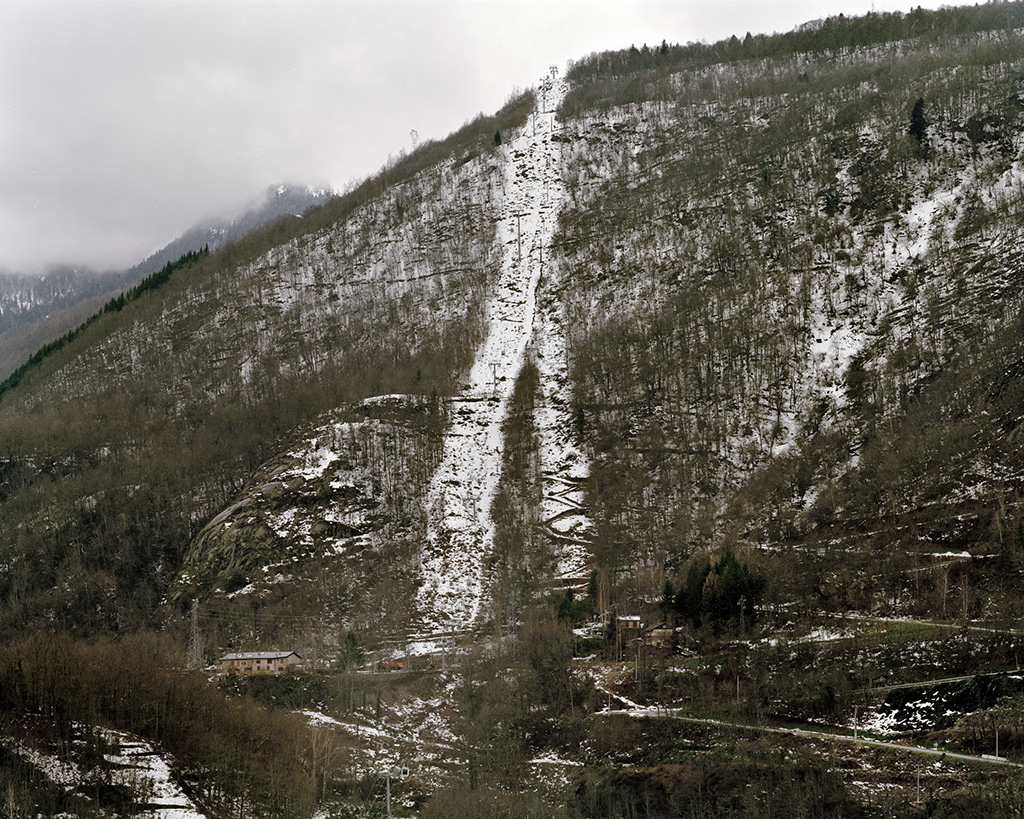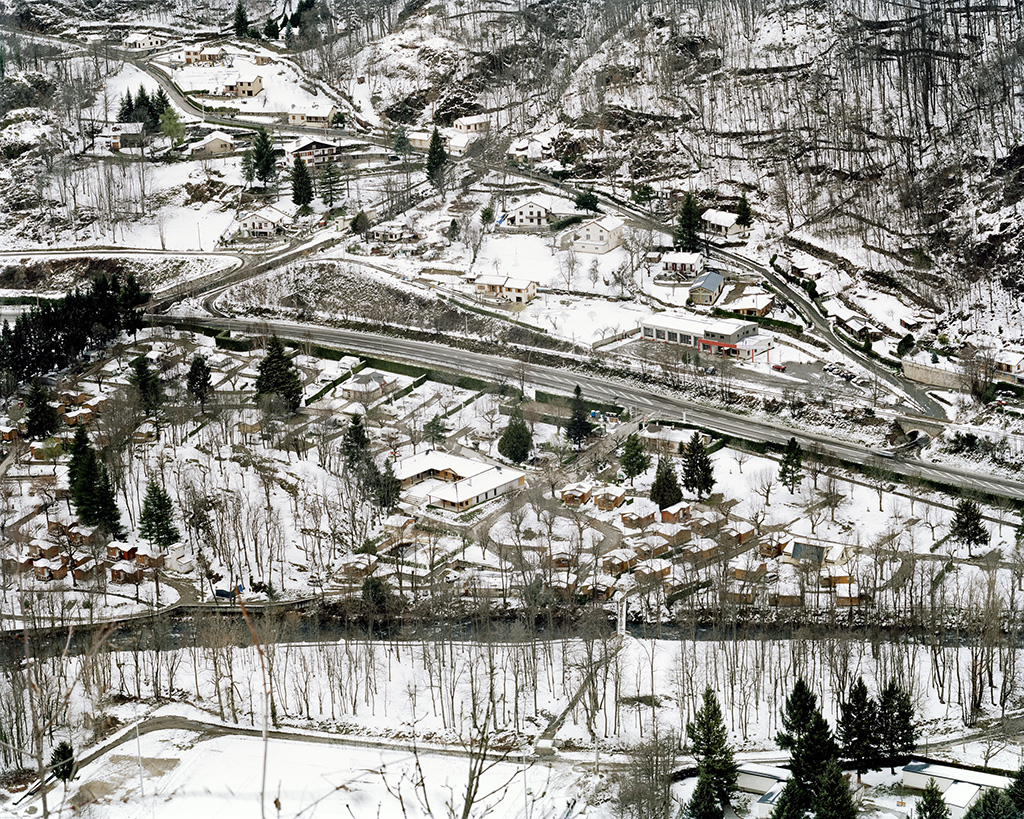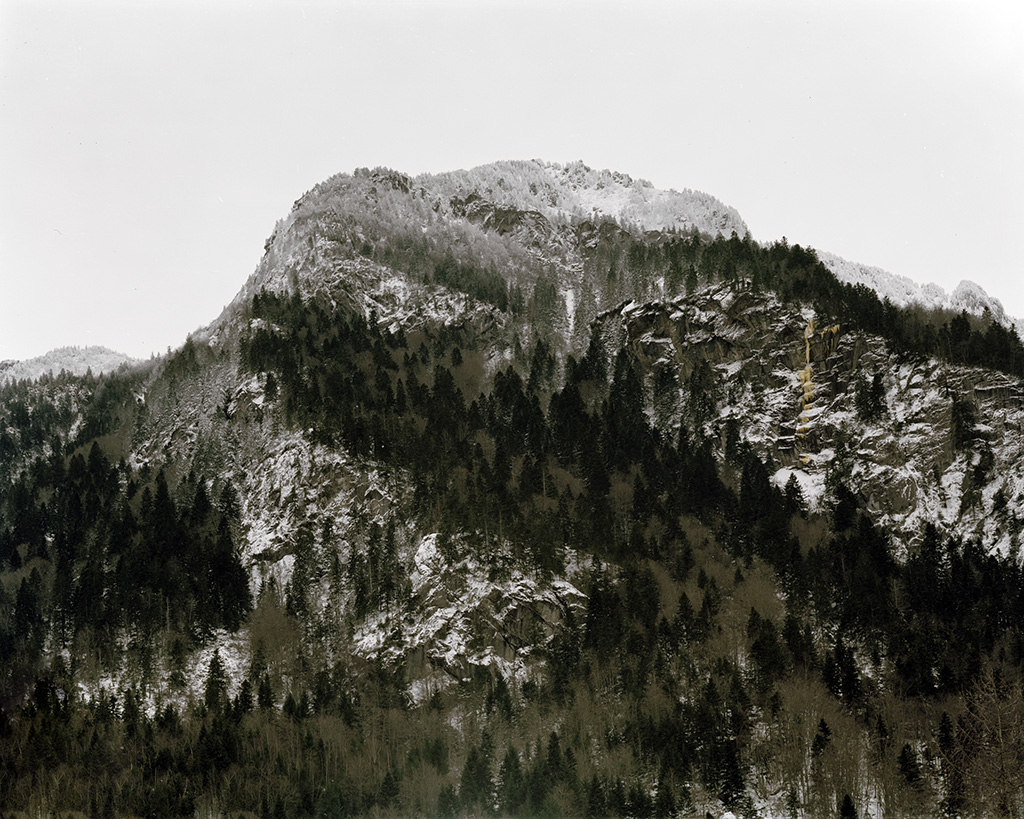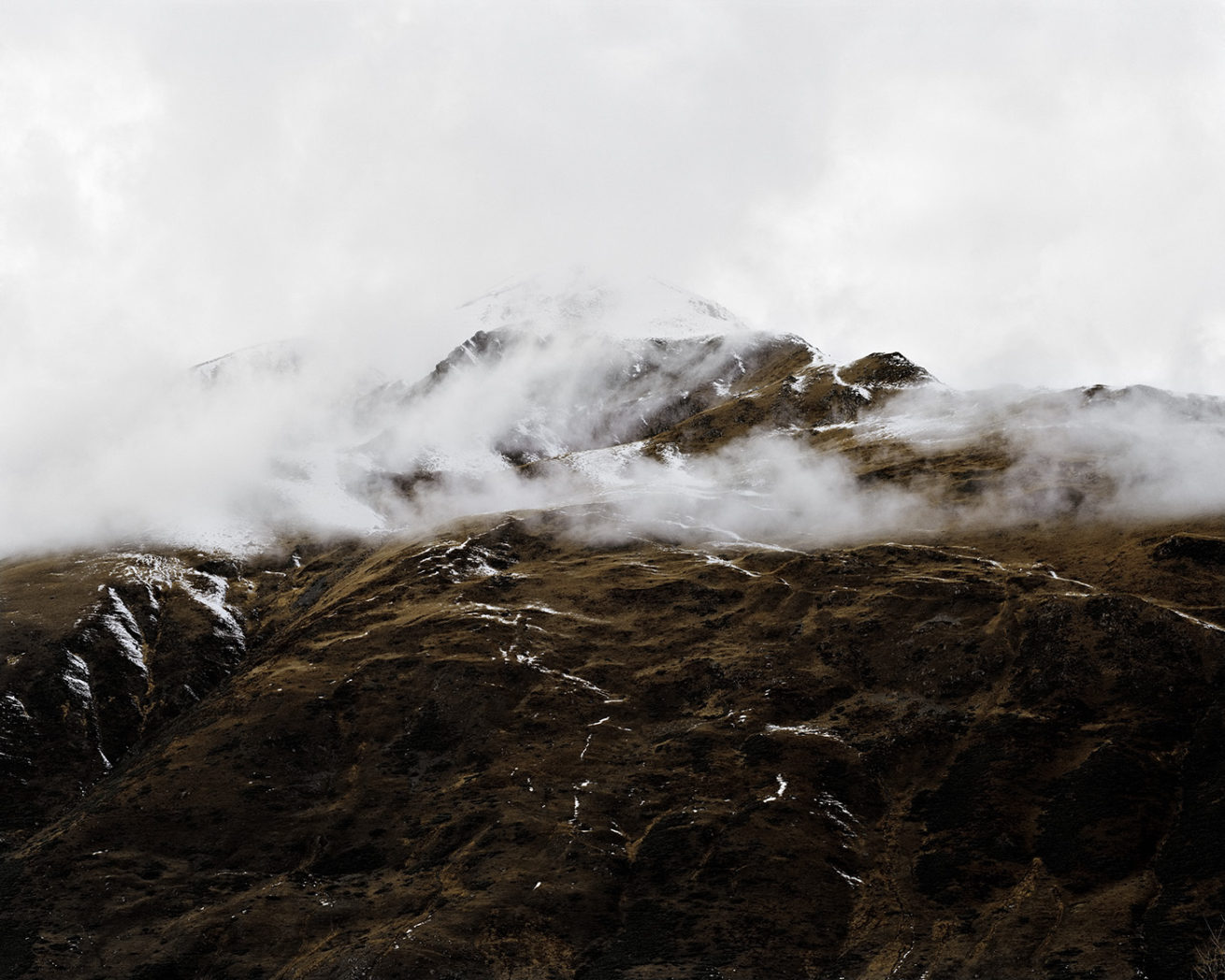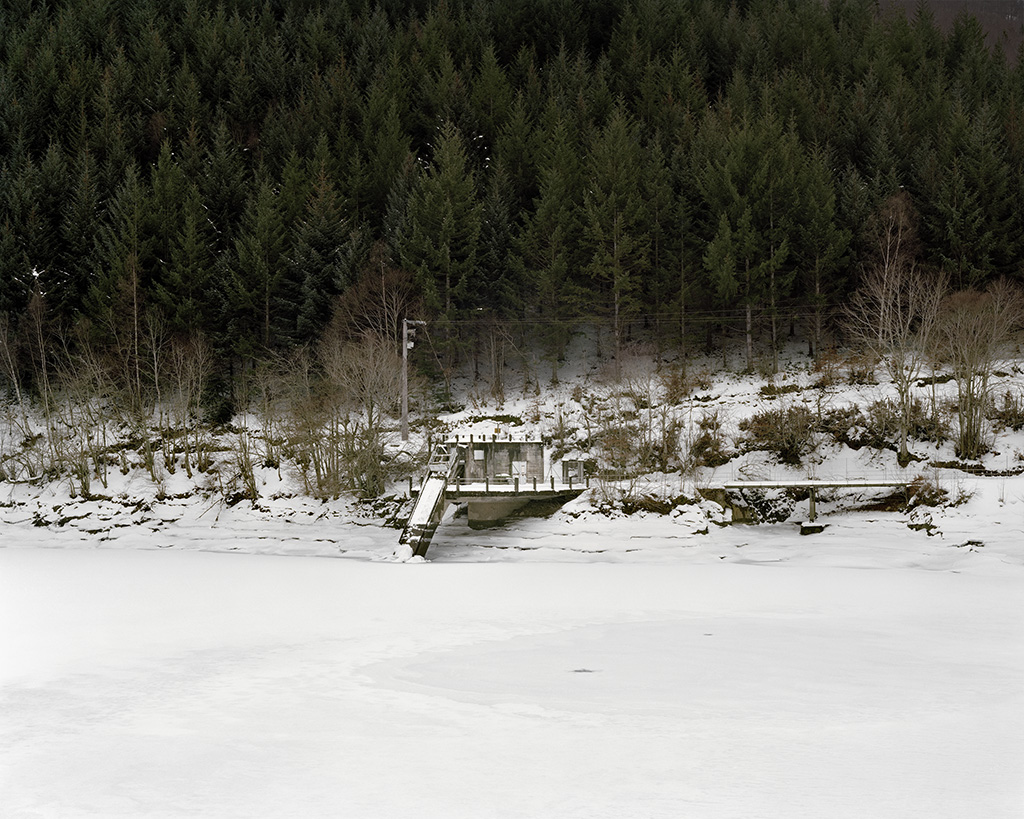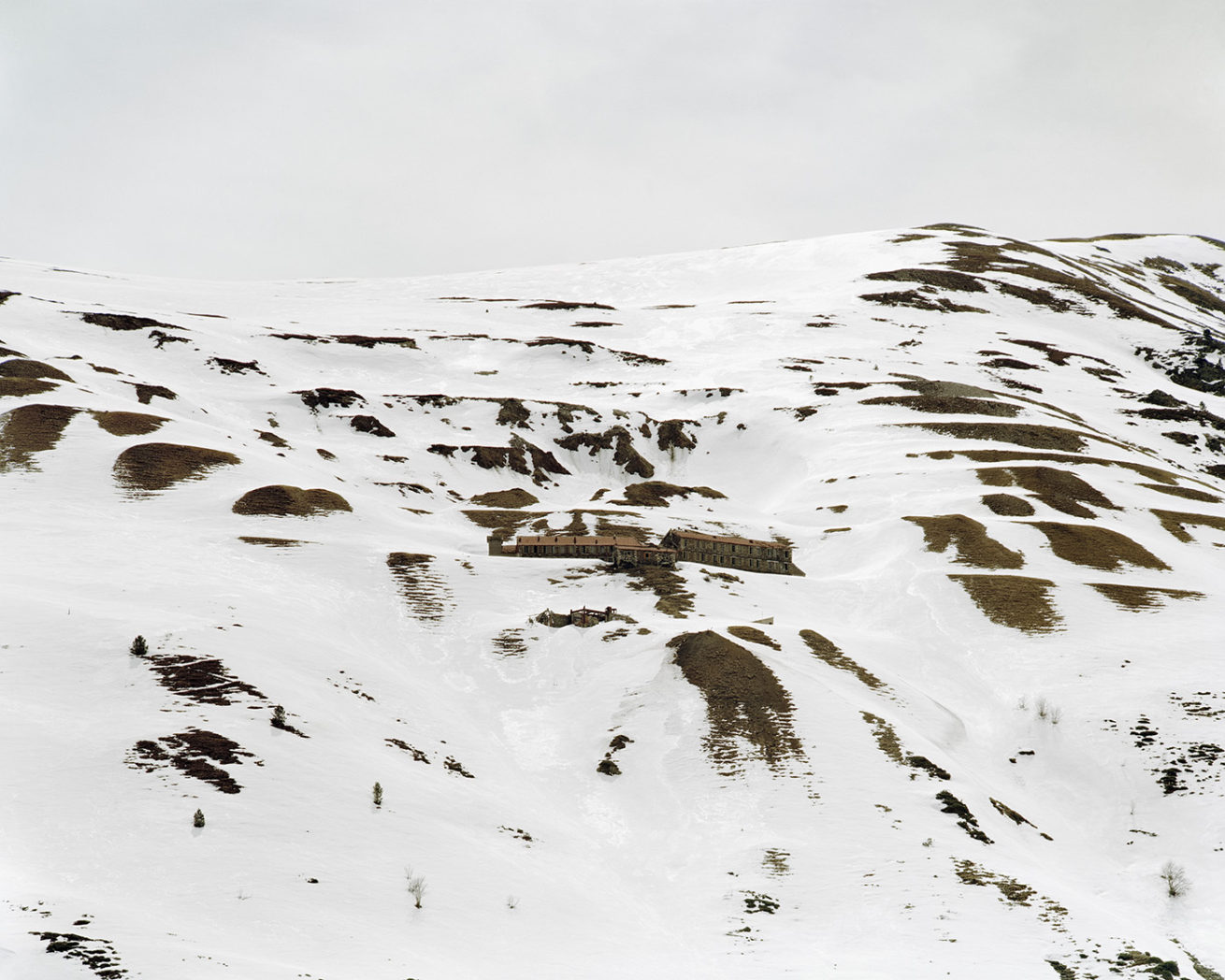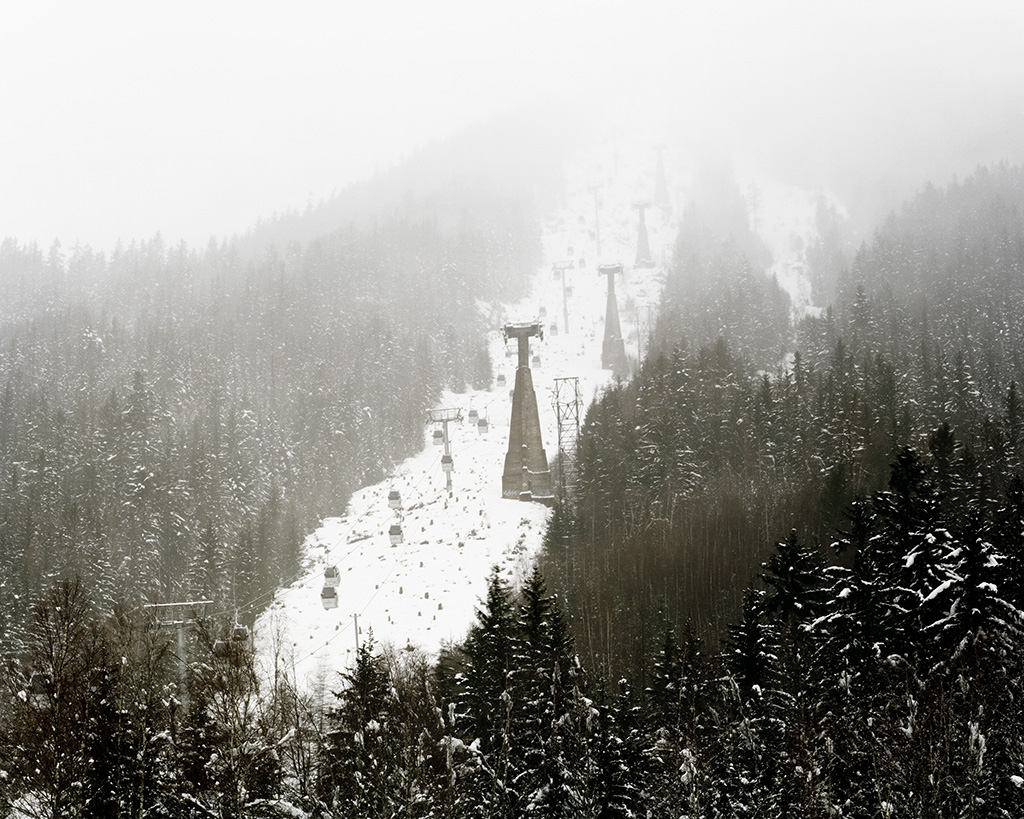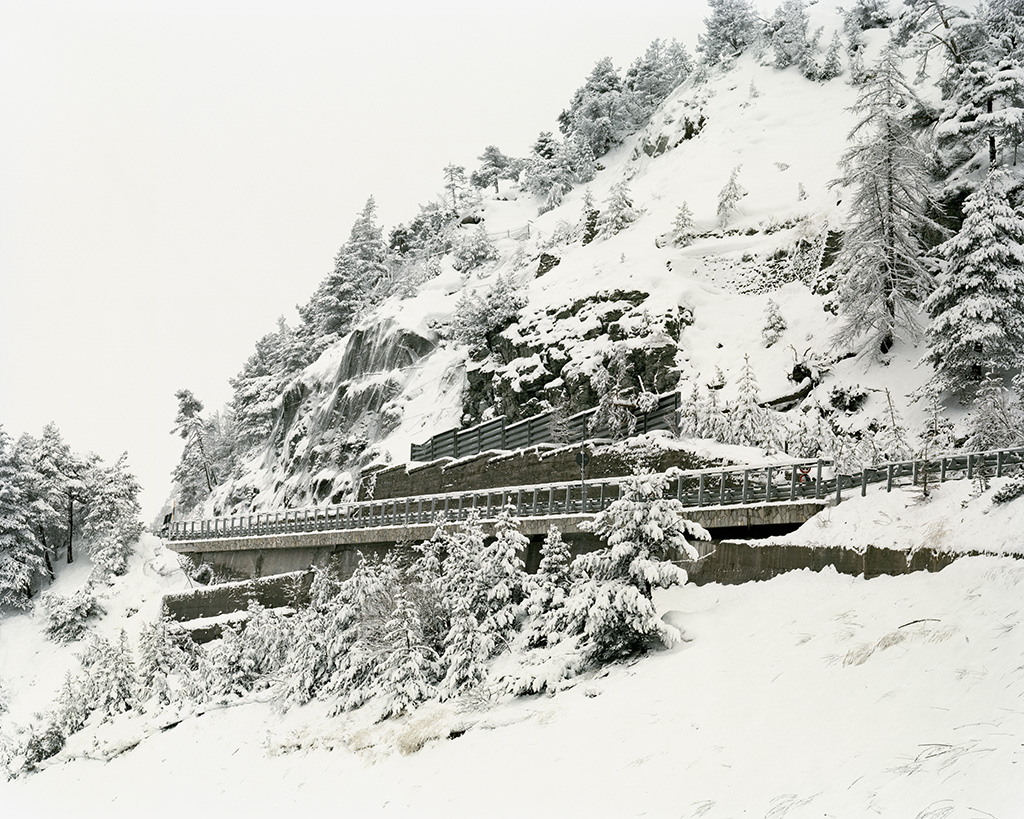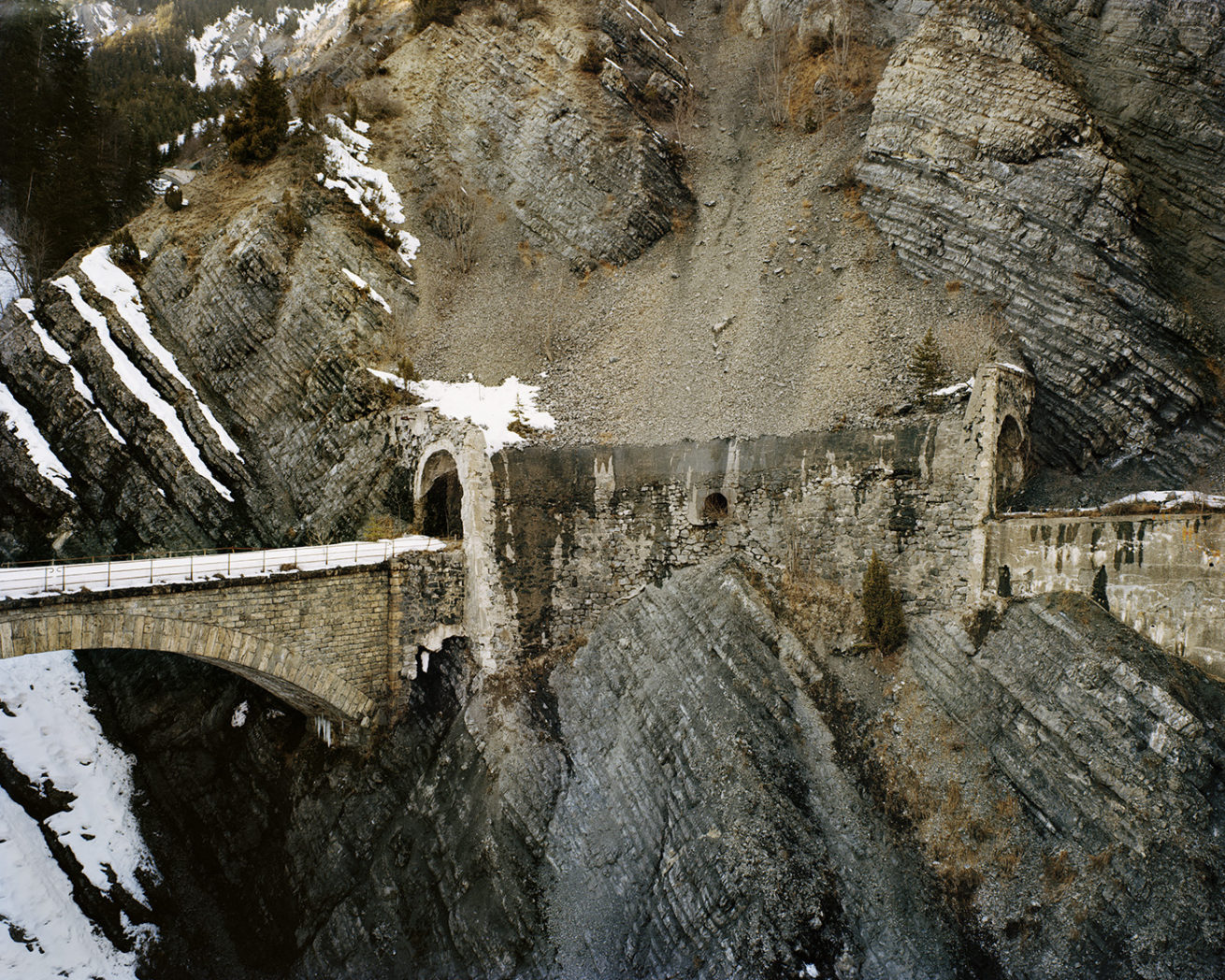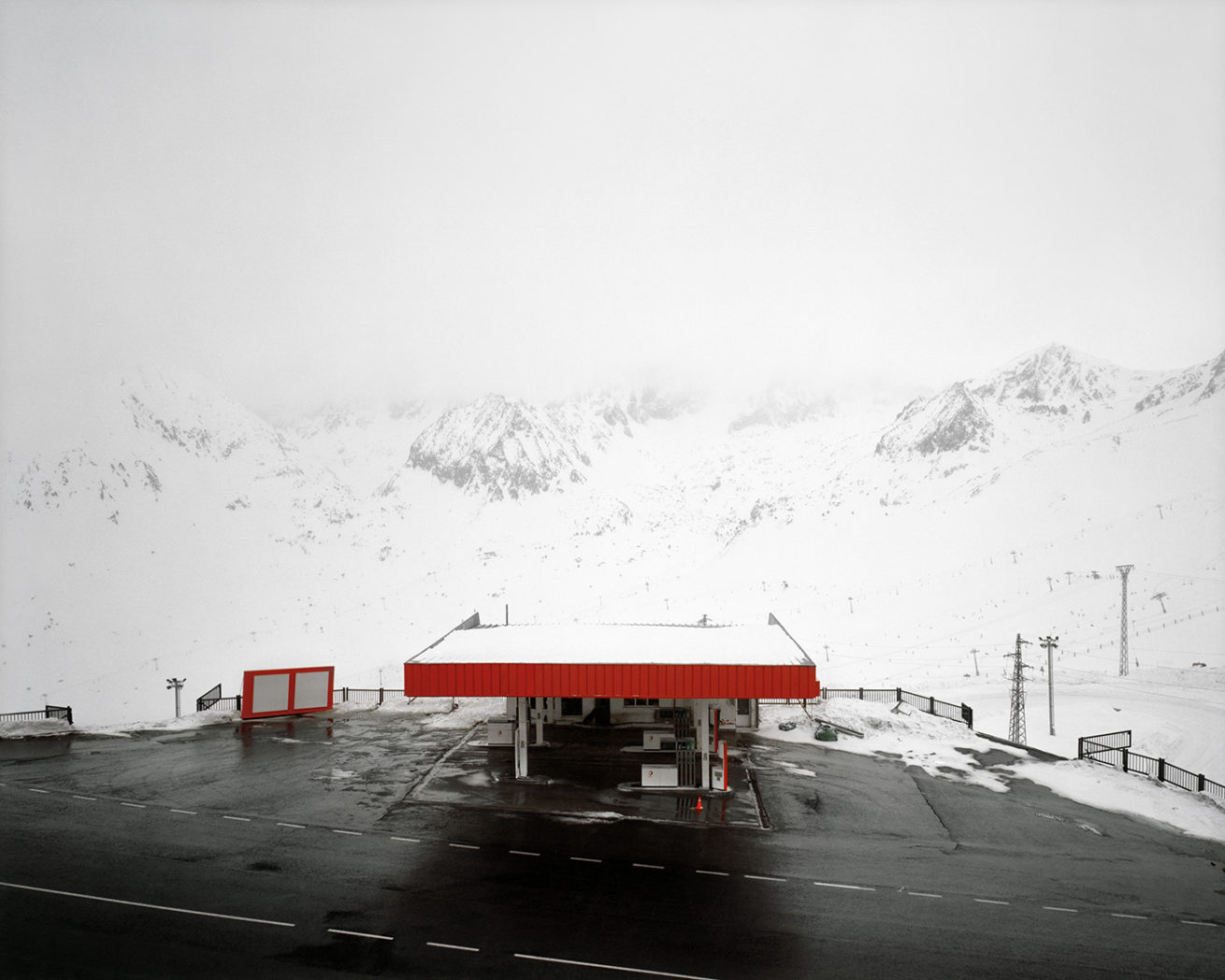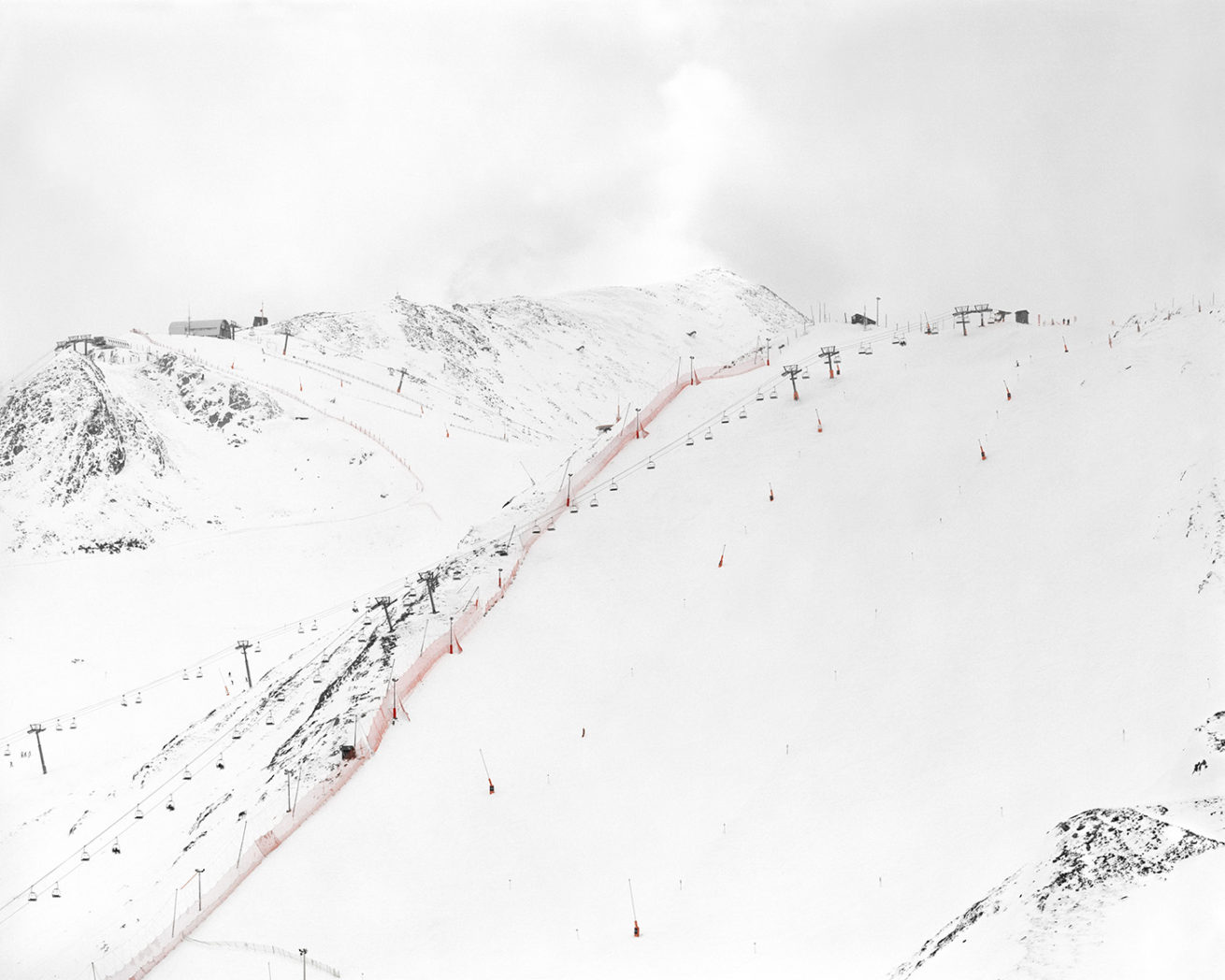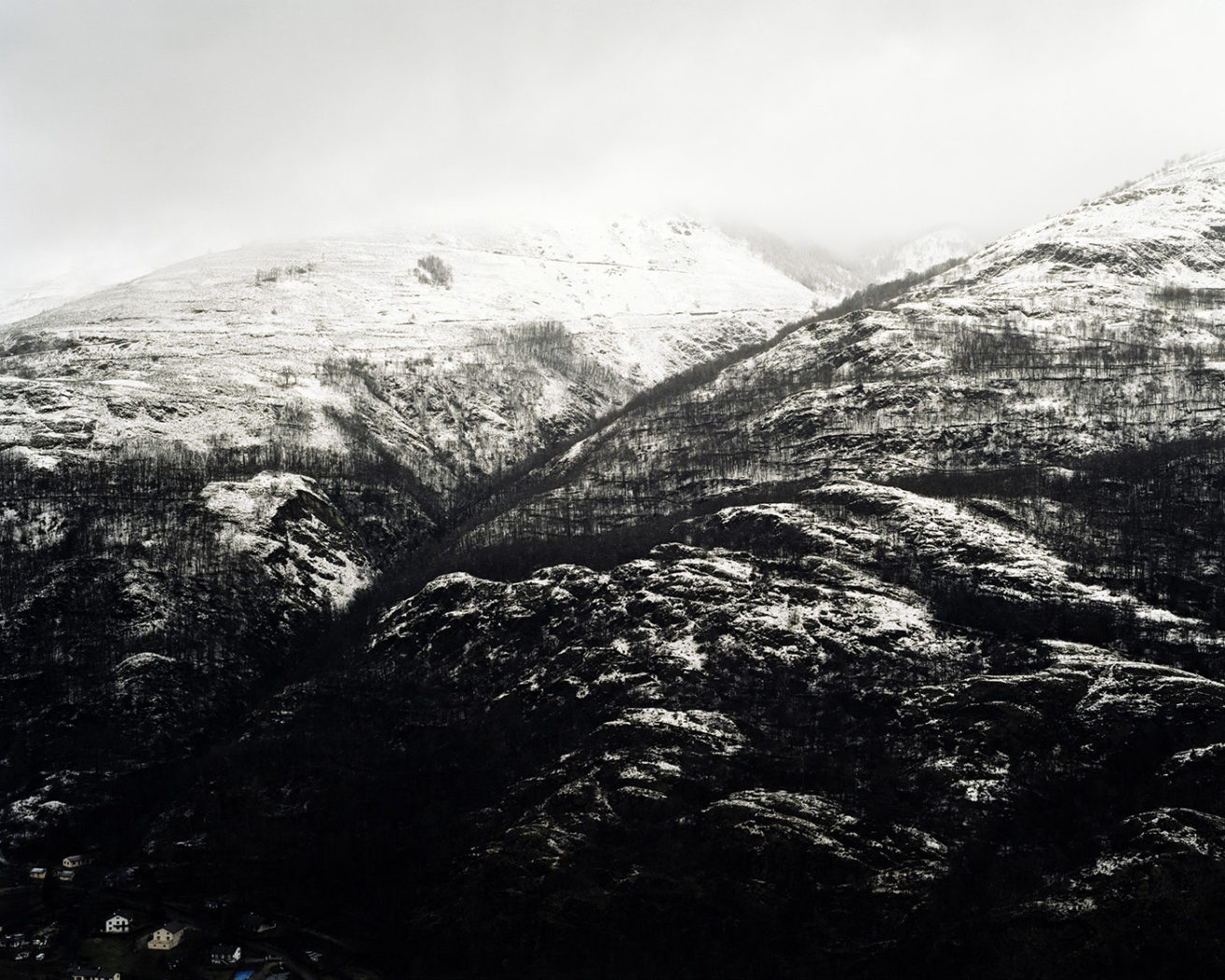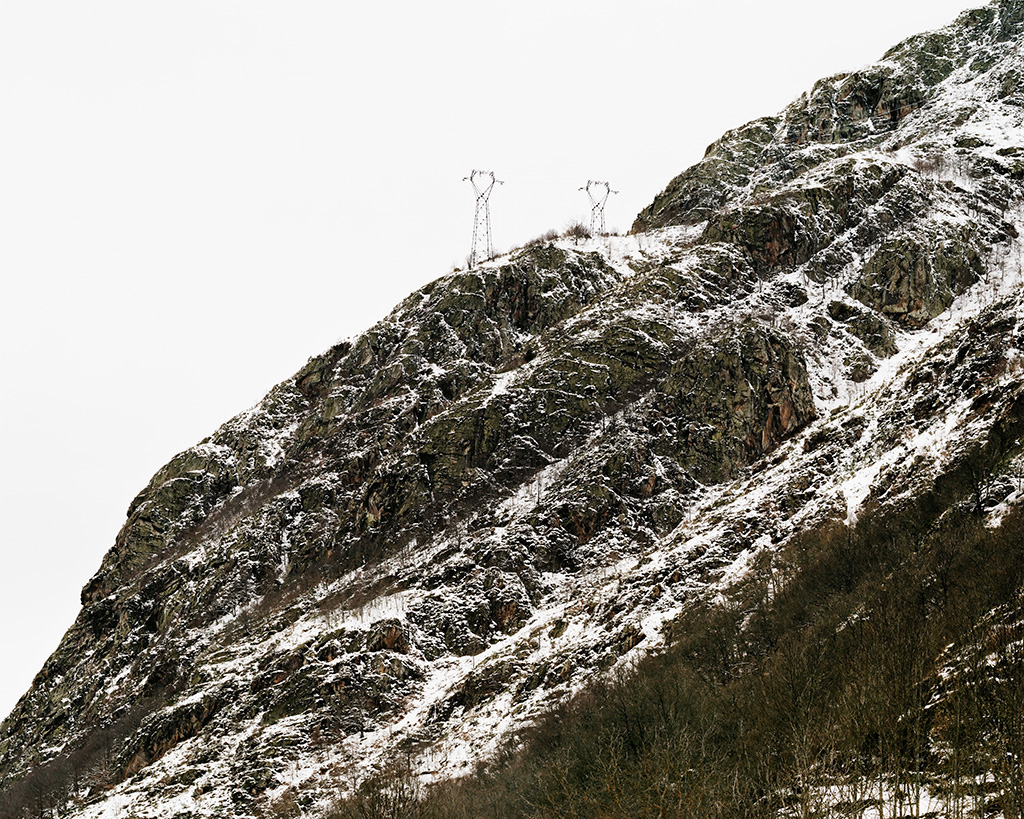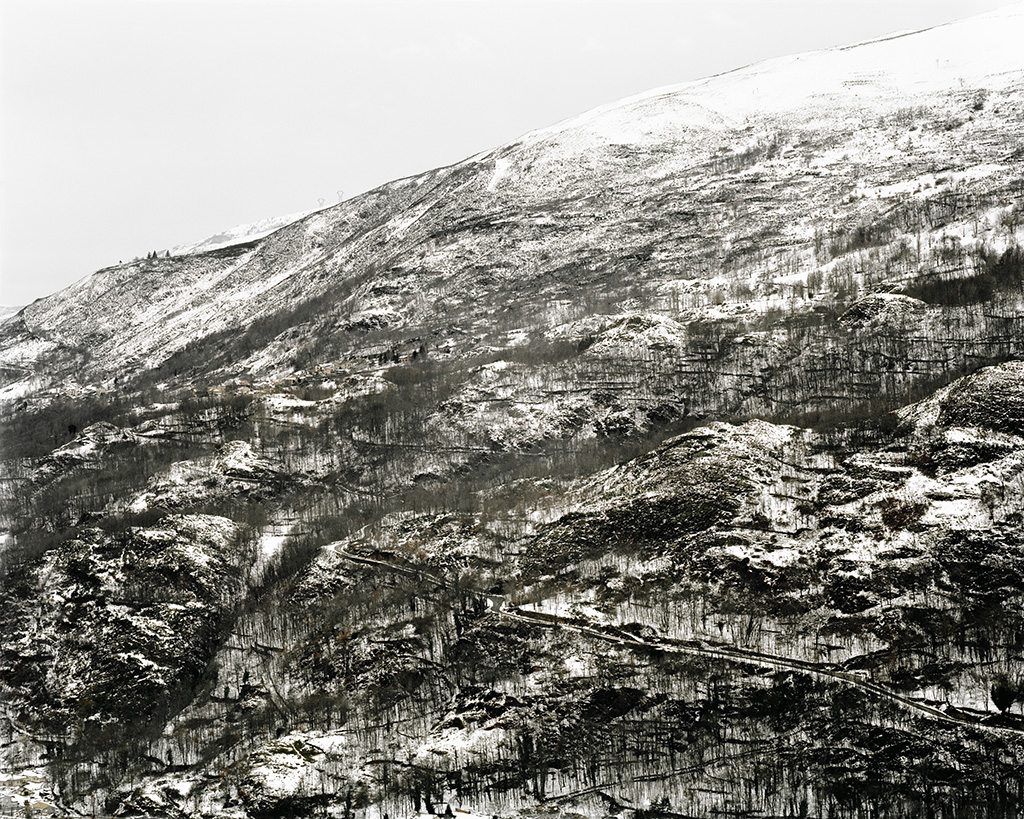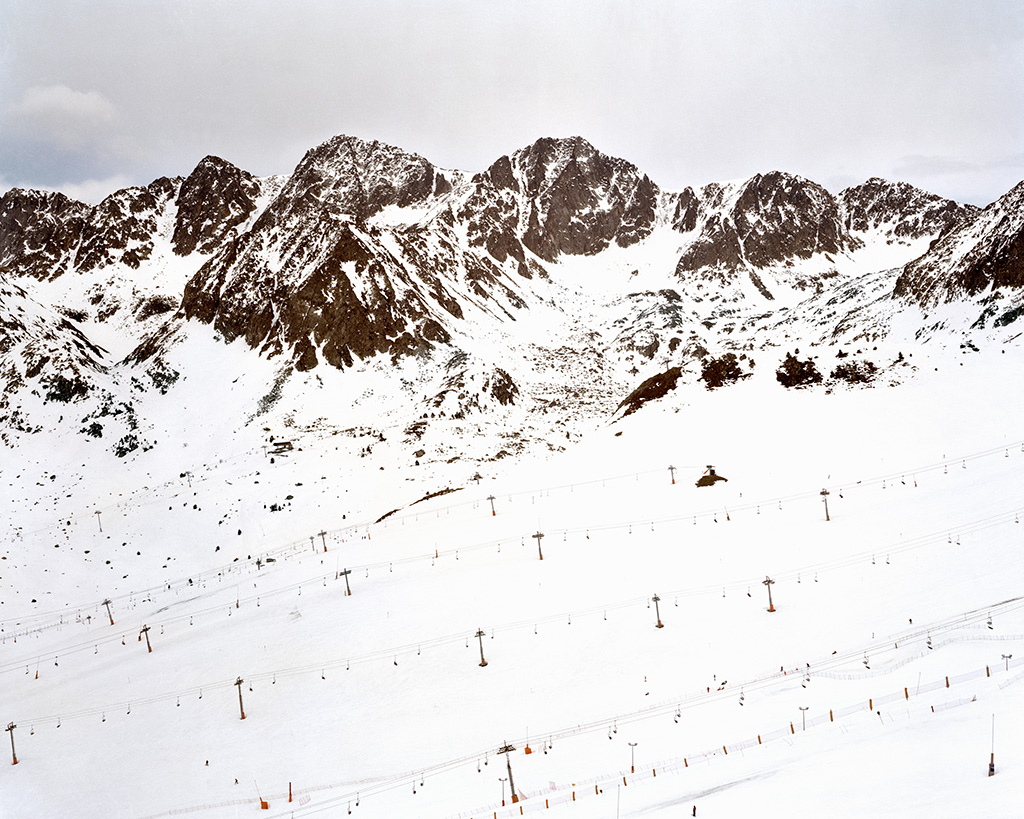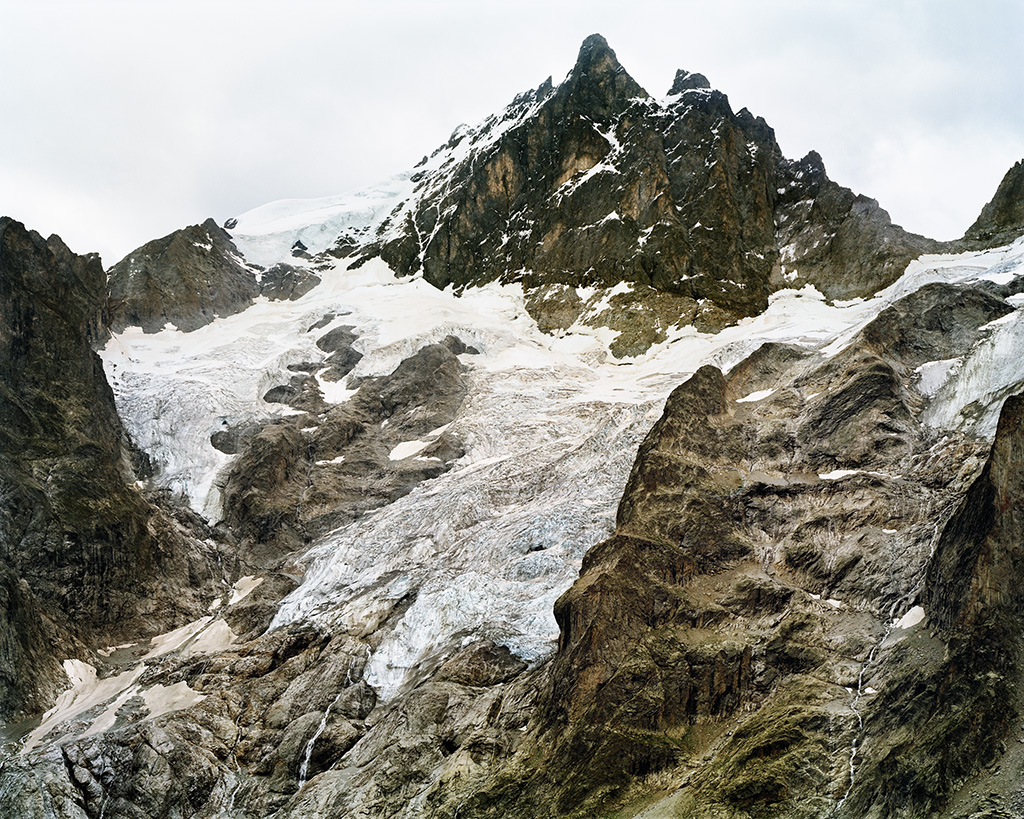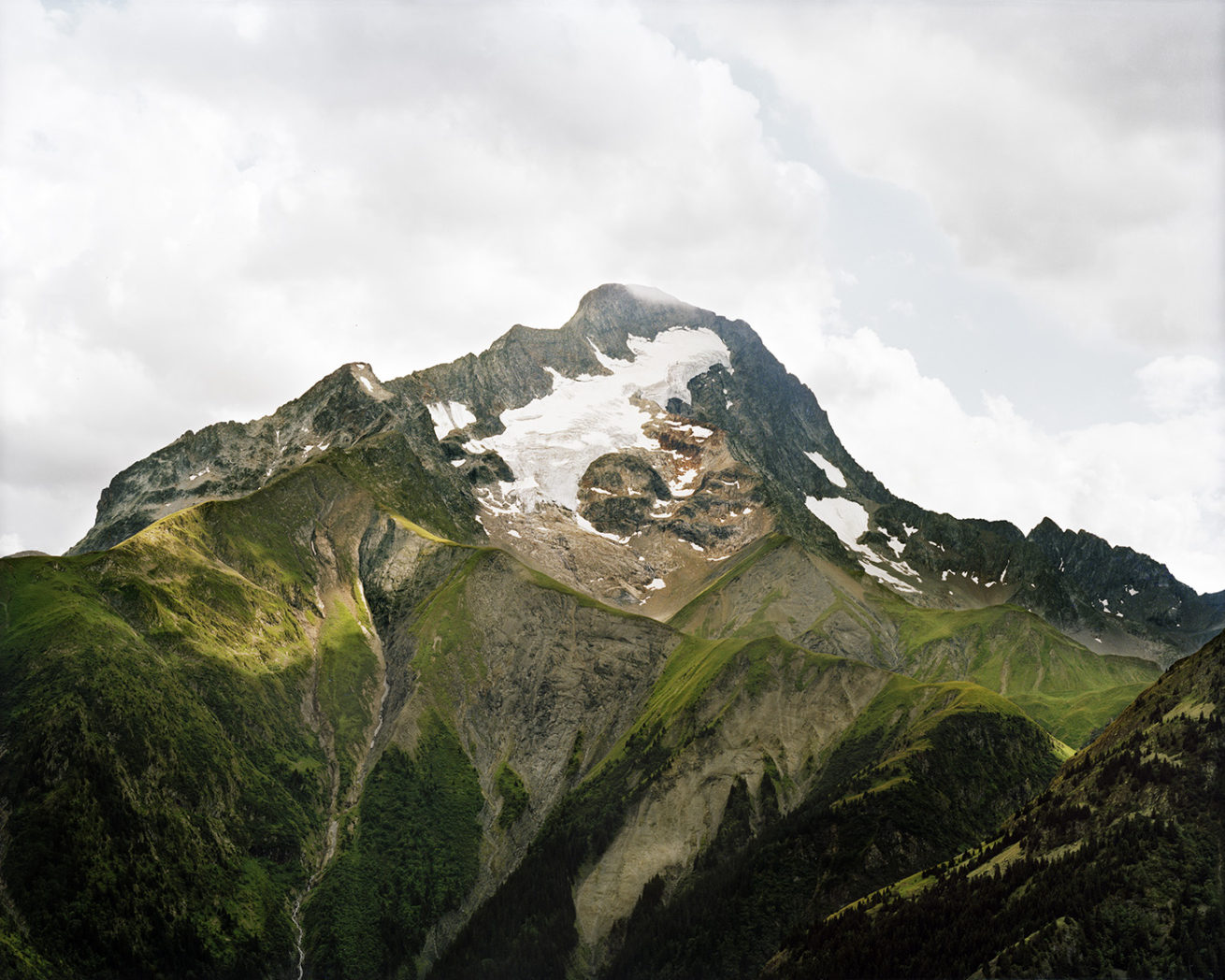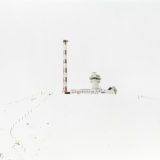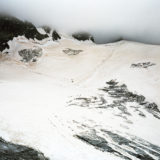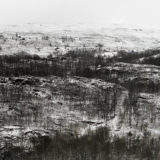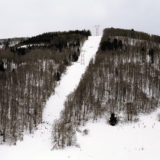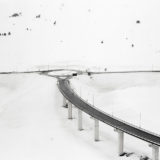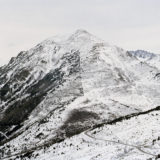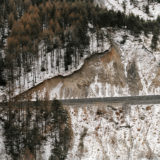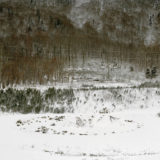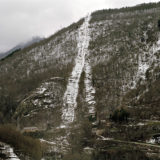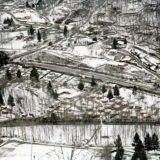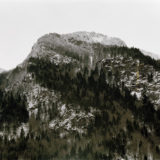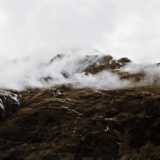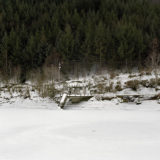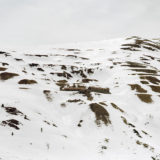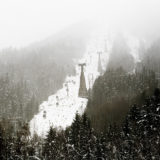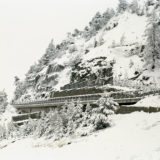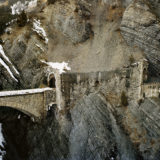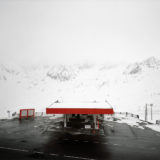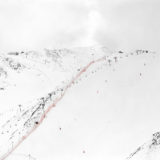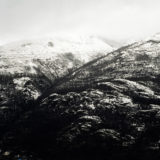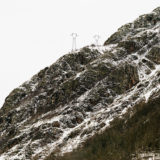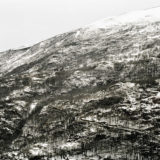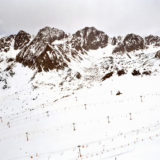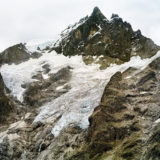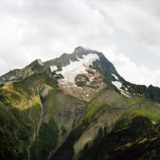Cheap Land
My images follow the path of the Duesseldorf school: frontality, readability. Simply face the world, at the right distance. Physical distance, but also distance from the emotion. Distance from the idea as well, my images do not document a specific place, intentionally they are not named.
Neither ecologist pamphlet nor glorification of the reign of machines, but maybe both. I want to produce secular icons, where the sacred would be remarkable through its absence. To be simply facing the world, is it already a mystical experience? I hope that the visitor, confronted with the large format, feels the same fascination as me, noting the proximity of the banal and the sublime.
Richard Petit
Richard Petit focuses on the signs of Human activity in Nature, and juxtaposes them to the Sacred. He photographs landscape in large format, as if the world were monumental sculptures.
Christophe Laloi / Voies Off / translation Andrew Squires
After a long journey, a long waiting in the cold, with the weight of the camera, Richard chooses his point of view. A set of processes similar to those required by the mountaineers, attentive and slow gaze, no rush, tenacity. These large format photographs require intense concentration. Richard Petit wanted to be a painter, that’s why he works with this slow process…
What do we contemplate? Because it is about contemplation. Buildings, observatories or ski lifts, roads, perhaps a refuge. A red line that scars the white of the snow. All of the photographs are untitled and our curiosity about the place and the date is deliberately disregarded by the artist. Telling stories, situating ourselves is not the point. The only certainty is the omnipresence of the mountains, snow and the evidence of human activity, but without people.
Martine Sadion / Musee de l'Image / translation Andrew Squires
For all that the honesty of vision attributed to photography throughout the modern period (that of the enthusiastic early stages) affirmed the medium’s desire to show the world as it really is, the post-modern disenchantment with the truth has installed a doubt as to the documentary importance of images, no matter how much clearer, how much more faithful to a perceived reality they may appear. Perhaps what the photography of today is really showing is the enigmatic impenetrability of form; the strange lack of tangibility of things and beings, once deprived of a descriptive. Faced with this uncertain world (or rather, being a part of it) the photographer is no longer required to illustrate a reality that cannot be found, but to testify to his own presence within it.
Christian Maccotta / Les Boutographies / translation Peter Vass
I don't know what white represents… probably, like the blank page, a vertigo before nothingness. An absence of color, the extent of the possibilities ... like a mystical dazzling, a metaphysical dizziness ...
... it is at the same time the aesthetic of a catastrophy, ecological and climatic. It is clear that I have an anxious look on nature: this nature from which we come is at the same time so hostile. I do not give much of my chances of survival, without clothes or weapons in such an environment ... I also like the aesthetics of science fiction movies "post disaster" and I must probably be inspired.
Richard Petit / galerie-photo.com / translation Andrew Squires

